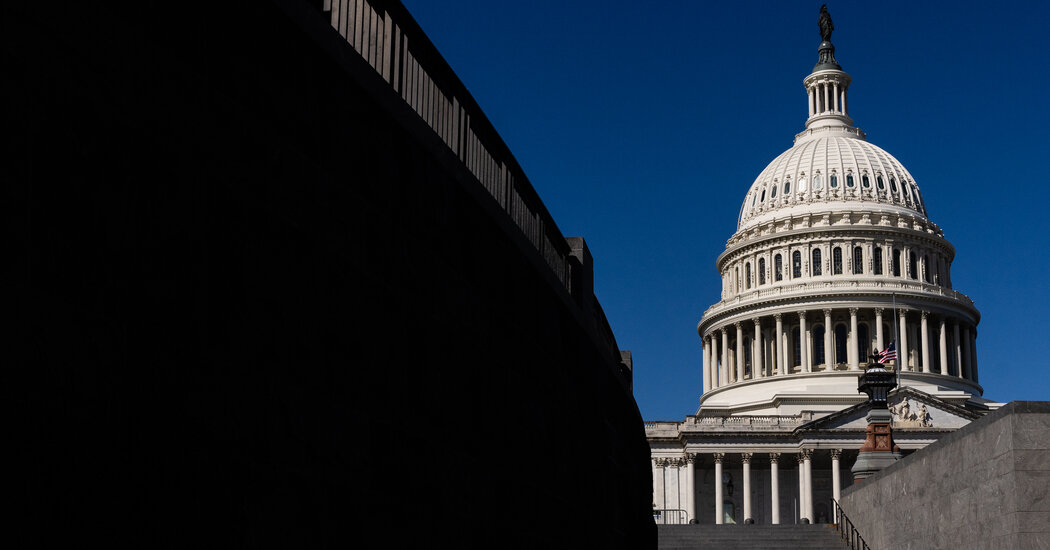US Faces Debt Limit Deadline: Potential X-Date Looms
The United States could face a financial dilemma by mid-July if Congress does not act to adjust the nation’s debt limit, as analyzed by the Bipartisan Policy Center. This critical deadline, termed the “X-date,” marks when the U.S. may default on its financial commitments, closely watched by both Washington and Wall Street. The timing is uncertain and depends on how effectively the Treasury can use “extraordinary measures” to manage finances until early October. Congress and the Trump administration are expected to focus on this issue amidst plans for significant tax cuts, as the debt ceiling restricts how much the U.S. can borrow. Despite efforts to reduce governmental spending, lawmakers remain hesitant to cut social programs, which significantly contribute to national debt growth. Following a significant debate, an agreement was reached in June 2023 to suspend the debt limit until January 1, 2025, with the national debt nearing $37 trillion.
The X-date and Its Implications for the U.S. Economy
Despite the challenges and uncertainties surrounding the debt limit and the X-date, Congress and the Treasury continue to seek ways to manage the situation and ensure the country meets its financial obligations. The potential consequences of reaching the X-date without resolution could be severe, affecting everything from social programs to military salaries and investor confidence. Both branches of government appear to be grappling with finding a solution that balances the need for fiscal responsibility with economic stability. The debate over how best to address the national debt and debt limit may continue to dominate the political landscape, as lawmakers weigh the potential impacts of their decisions on the economy and public welfare. The commitment from both parties to avoid a default and protect the U.S. credit rating remains a critical focus as discussions move forward.
The Role of Extraordinary Measures in Debt Management
Efforts to address the debt limit will likely consume Congress and the Trump administration later this year as Republicans race to enact trillions of dollars in tax cuts. The debt limit is a cap on the total amount of money that the United States is authorized to borrow to fund the government and meet its financial obligations. Because the federal government runs budget deficits — meaning it spends more than it brings in through taxes and other revenue — it must borrow huge sums of money to pay its bills. Those obligations include funding for social safety net programs, salaries for members of the armed forces and paying investors who have bought U.S. government debt in exchange for interest payments.
Impact of Extraordinary Measures on the X-date
Efforts to address the debt limit will likely consume Congress and the Trump administration later this year as Republicans race to enact trillions of dollars in tax cuts. The debt limit is a cap on the total amount of money that the United States is authorized to borrow to fund the government and meet its financial obligations.
The Impact of Partisan Politics on Debt Limit Decisions
In conclusion, the ongoing debate over the debt limit remains a crucial issue that demands immediate attention from policymakers. As the potential X-date approaches, the necessity for responsible budgeting and collaborative efforts between political parties becomes ever more apparent. It is essential for Congress to take decisive action to protect the nation’s financial standing and prevent any adverse impacts on the economy. The path forward will require a balanced approach, considering both the need to address the growing national debt and the imperative to sustain critical government programs and services.















Post Comment